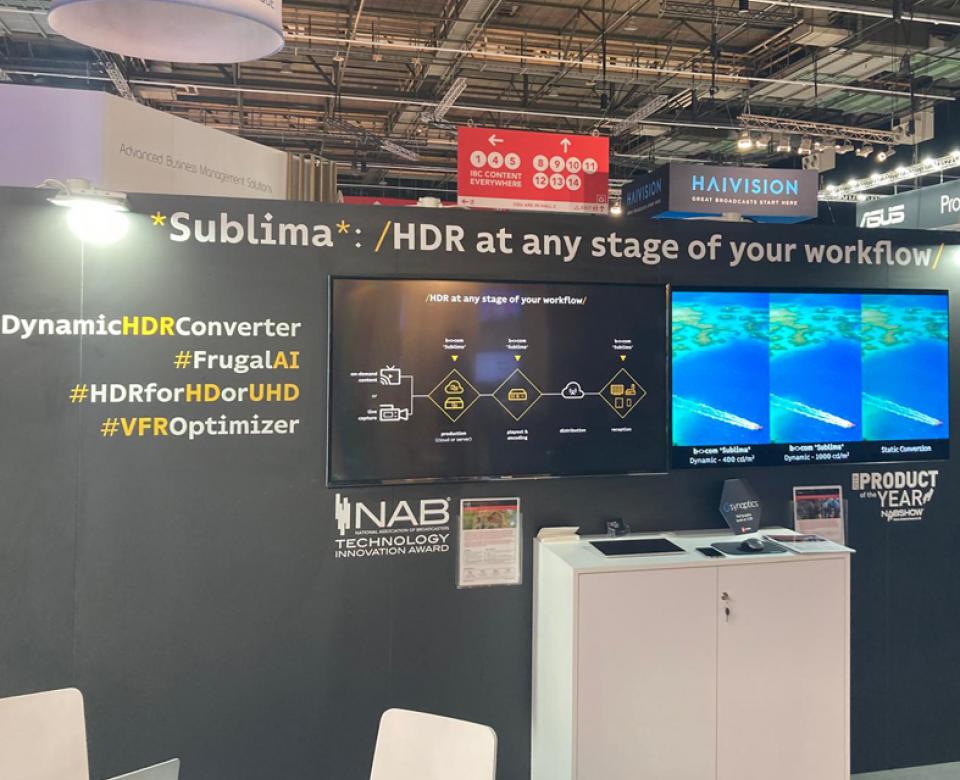
Doing more with less: the future of TV, by Tania Pouli
One such innovation is High Dynamic Range (HDR) technology, a key feature of the UHD format. HDR enhances the quality of experience by improving the contrast and luminance range of images, providing a more immersive and realistic viewing experience. This technology has been embraced by streaming services, and broadcasters are increasingly making the move towards UHD to offer an enhanced experience to their viewers.
Although initially the resolution enhancement of UHD was seen as the primary feature of the format, increasingly, HDR has been considered in the context of HD: the recent Euro 2024 cup was produced in HD HDR for instance. The decision to move towards HD HDR rather than full Ultra HD (UHD) was driven by the understanding that the gain from HDR is much more significant in terms of quality than that of resolution, while adding minimal overhead in distribution costs.
Another trend shaping the industry is the move towards more efficient and optimized implementations of video solutions. The use of low energy acceleration components, in particular ones optimized for AI applications such as Neural Processing Units (NPUs), is becoming increasingly common. These components enable high-quality, state of the art video processing solutions to run on consumer devices more efficiently, offering a better experience to users while further reducing the industry’s environmental footprint (and the users electricity bill).
In conclusion, the broadcasting industry is on the cusp of a new era. By embracing technologies like HDR and AI-optimized components, we can deliver exceptional viewing experiences while minimizing resource usage. This is not just a trend, but a necessity in our resource-constrained world. This is a philosophy that is at the heart of b<>com's innovations as well, with our *Sublima* SDR-HDR conversion solution being one example, facilitating the move towards HDR at any step of the video chain, with implementations optimized for low energy acceleration components.

